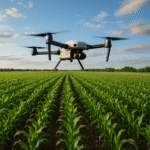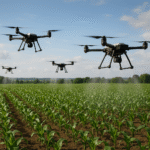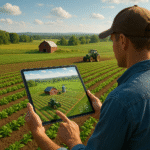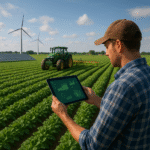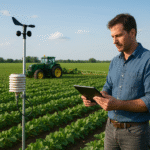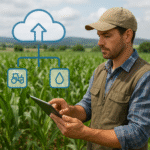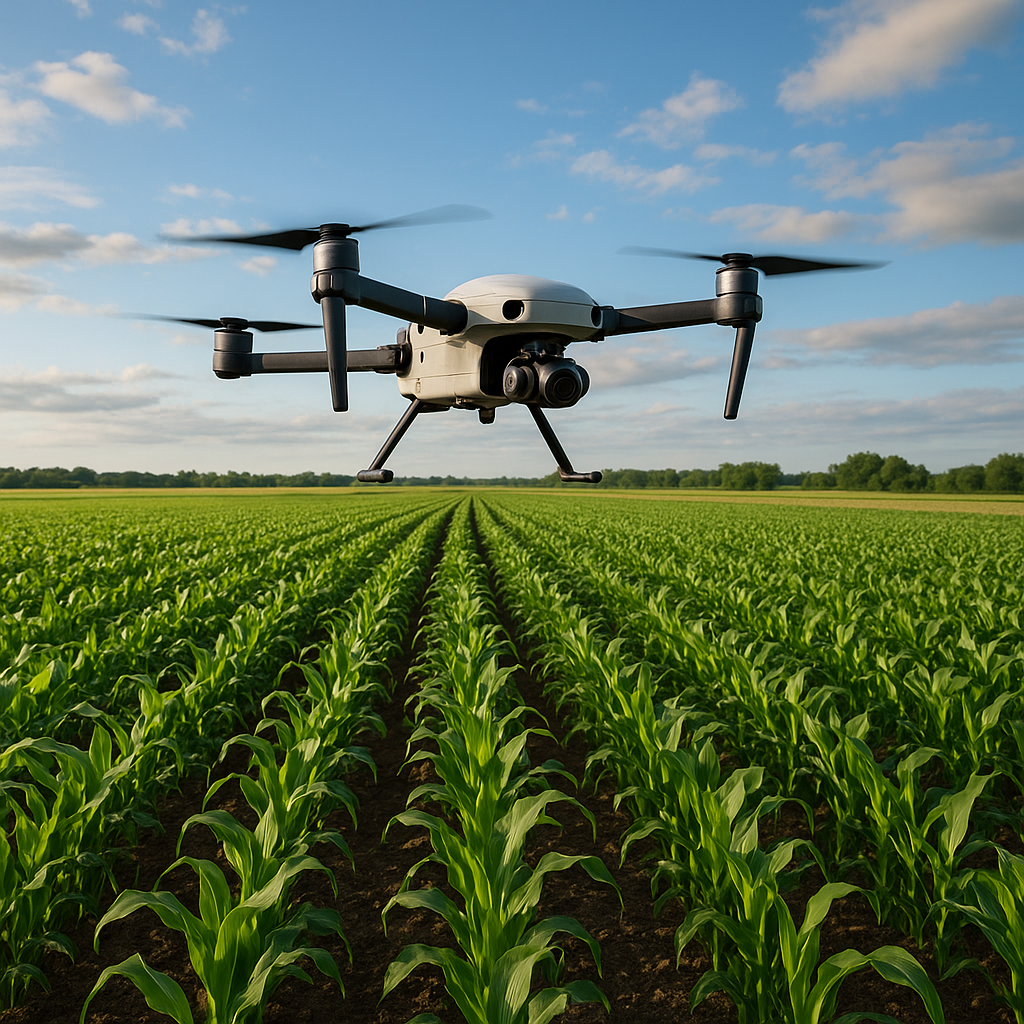In the realm of modern agriculture, digital twins are revolutionizing the way farmers manage resources and optimize yields. By creating a virtual counterpart of a physical farm, stakeholders gain unprecedented insight into every element of the production cycle. This approach transforms traditional methods into data-driven operations, improving efficiency, reducing waste, and fostering sustainability across vast agricultural landscapes. Through seamless integration of cutting-edge technologies such as IoT devices, remote sensing, and advanced predictive analytics, digital twins enable farmers to simulate multiple scenarios, anticipate potential issues, and make informed decisions with unparalleled precision.
Virtual Modeling of Farming Ecosystems
At the heart of the digital twin concept lies a comprehensive, real-time model of the farm’s biophysical environment. This simulation mimics crop growth, soil composition, water cycles, and pest dynamics, providing a digital canvas on which farmers can run “what-if” experiments without risking the actual crops.
Core Components of a Digital Twin
- Sensors: Soil moisture probes, weather stations, and drone-based imaging feed live data into the model.
- Data Platforms: Cloud-based repositories consolidate streams from multiple sources, ensuring consistency and accessibility.
- Simulation Engines: Algorithms generate virtual scenarios, calculating outcomes based on varying inputs such as irrigation schedules or temperature changes.
- User Interfaces: Dashboards display interactive visualizations, enabling quick interpretation of complex data sets.
Reproducing Natural Processes
Using high-resolution spatial mapping, digital twins replicate microclimates within a field. Variations in soil texture, nutrient levels, and sun exposure are captured to model localized plant responses. Farmers can then test different fertilization strategies or planting densities in silico, identifying the optimal approach for each plot.
Data Integration and Real-Time Analytics
Precision farming depends on the continuous flow of accurate data. Digital twins serve as the central hub where disparate streams—satellite imagery, machine telemetry, weather forecasts, and market trends—are unified into a cohesive analytics framework.
Seamless IoT Connectivity
Modern farms deploy thousands of connected devices that monitor everything from leaf chlorophyll levels to tractor fuel consumption. This network of sensors creates a live feedback loop, automatically updating the digital twin and alerting managers to emerging issues such as irrigation leaks or pest infestations.
Advanced Analytics for Proactive Management
- Yield Optimization: Machine learning models process historical data to predict harvest sizes under various conditions.
- Resource Management: Algorithms optimize fertilizer and water application, cutting costs while maintaining crop health.
- Risk Mitigation: Early-warning systems detect anomalies in plant growth patterns, allowing for prompt corrective action.
- Supply Chain Synchronization: Forecasts of production volume align planting schedules with market demand, reducing waste and maximizing profit.
Benefits and Challenges of Digital Twins
Adopting a digital twin yields multiple advantages but also presents technical and operational hurdles. Understanding both sides is essential for successful implementation.
Key Advantages
- Reduced Environmental Impact: Precise input management lowers chemical runoff and conserves water.
- Enhanced Productivity: Simulations identify the best planting patterns and harvesting windows.
- Cost Savings: Predictive maintenance of machinery prevents breakdowns and curtails repair expenses.
- Resilience: Virtual stress tests evaluate farm performance under extreme weather scenarios, guiding adaptive measures.
Operational Challenges
- Data Quality and Standardization: Diverse equipment protocols can hinder seamless integration.
- Scalability: Managing petabytes of sensor data demands robust infrastructure and efficient processing algorithms.
- Technical Expertise: Farmers often require specialized skills or external partners to develop and maintain digital twin ecosystems.
- Privacy and Security: Protecting sensitive production data from cyber threats is a growing concern.
Future Perspectives in Smart Agriculture
As computational power continues to advance, the scope of digital twins in agriculture will expand even further. Innovations on the horizon include:
- Integration with autonomous robotics for on-the-fly adjustments to planting or harvesting operations.
- Enhanced genomic simulations to design crop varieties with tailored traits for specific micro-environments.
- Real-time collaboration platforms connecting farmers, agronomists, and supply chain managers within a unified digital landscape.
- Cross-sector digital twins linking farms to food processing and distribution networks, optimizing the entire value chain from seed to table.
By fully embracing these emerging technologies, the agriculture sector can achieve higher levels of automation and sustainability, ensuring food security for a growing global population while preserving precious natural resources.
